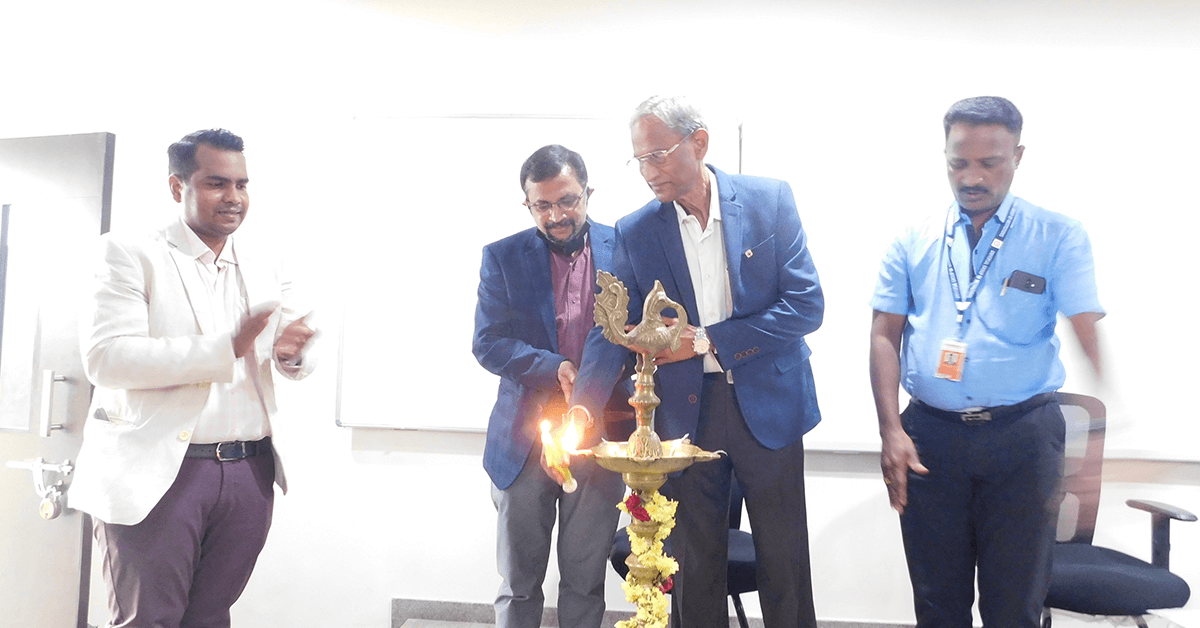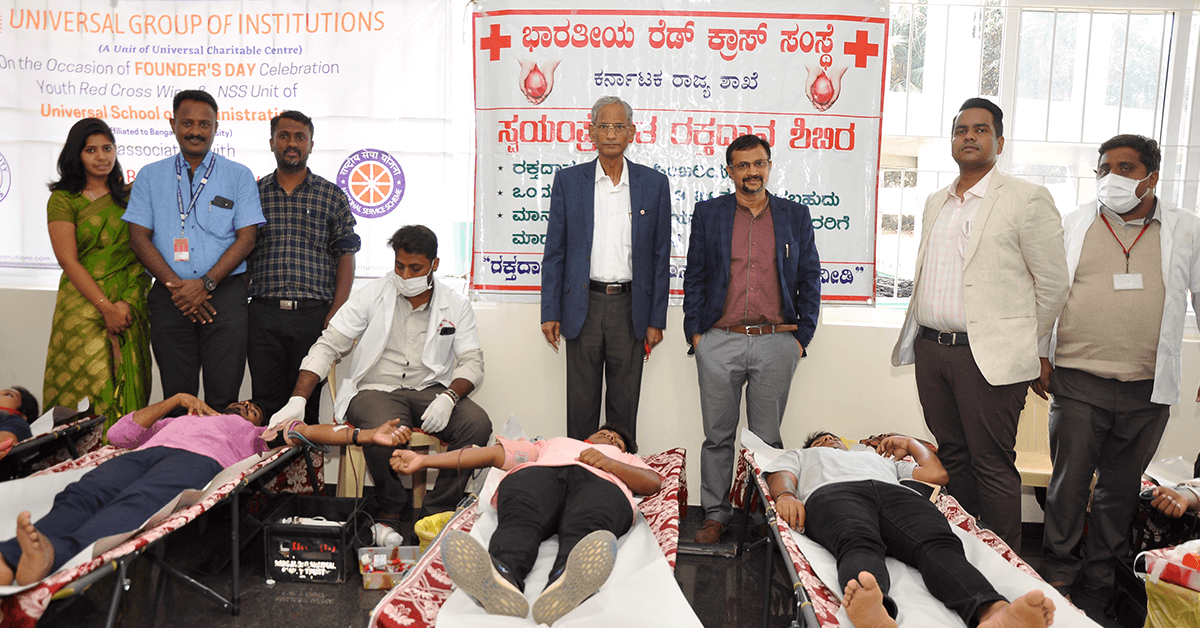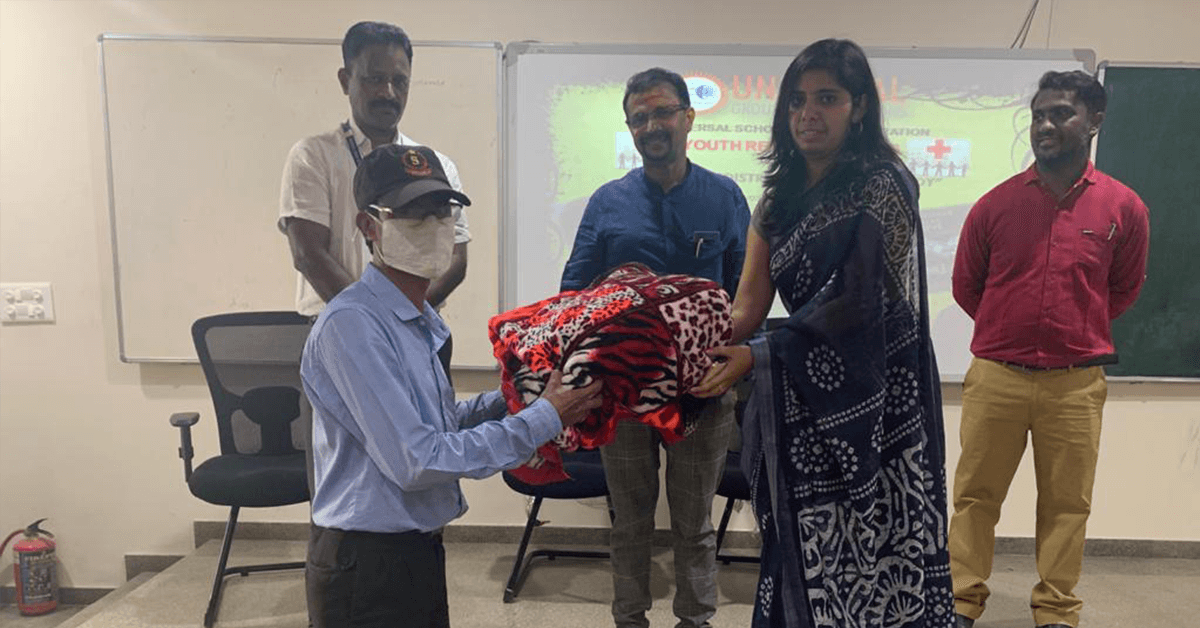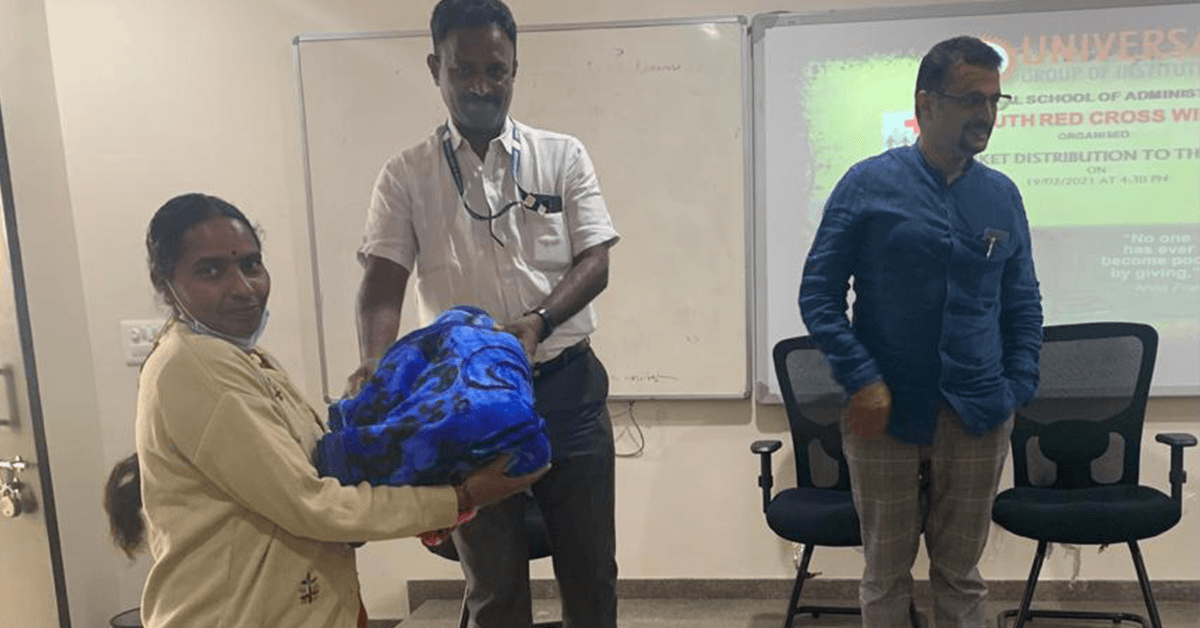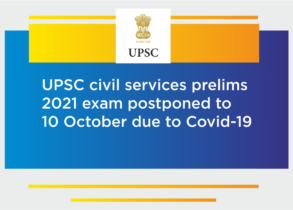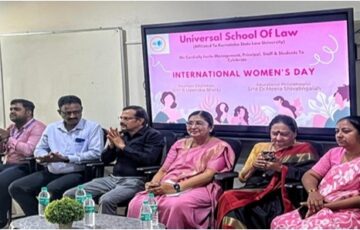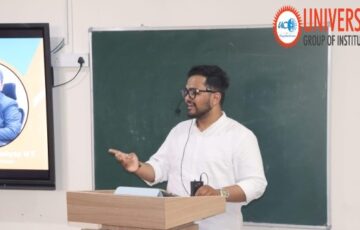BLOOD DONATION CAMP AND BLANKET DISTRIBUTION TO THE NEEDY
Blood donation is a major concern to society as donated blood is lifesaving for individuals who need it. Blood donation is a therapeutic exercise. Globally, approximately 80 million units of blood are donated every year. Blood donation will help in the development of new red blood cells, it reduces the risk of heart disease, it can burn approximately 650 calories. The age of the donor must be above 18 years and below 65 years of age. He/she must have a hemoglobin count that is not less than 12.5g/dl. The weight should not less than 45 kgs. One should have normal body temperature at the time of donation.
The first blood centre was started during the 19th century. Until the middle of the 19th century, there was no organized and efficient army nursing system for casualties. The Swiss businessman Jean Henri Dunant, travelled to the small town of Solferino on business and was shocked to see that around 40,000 soldiers on both the sides died and wounded on the field in the Battle of Solferino. On 24 June 1859, the battle resulted in the victory of the allied French Army under Napoleon III against the Austrian army. It was the last major battle in the world history where all the armies were under the personal command of their monarchs. The suffering of the wounded soldiers, and the near-total lack of medical attendance and basic care. He completely abandoned the original intent of his trip and for several days he devoted himself for helping with the treatment and care for the wounded. “So much agony, so much suffering! The wounds, aggravated by the heat, the lack of water and assistance, caused more intense pain,” he wrote. And he asked a question:
“Could not voluntary aid societies be founded, whose function would be to provide, or arrange to provide, help for the wounded during wartime?” and the answer was the creation of the International Committee of the Red Cross in 1863 in his birthplace Geneva and his birthdate May 8th is celebrated as “World Red Cross Day”. Finally, Jean Henri Dunant founded a voluntary organisation when five Geneva men, including Dunant, set up the International Committee for Relief to the Wounded, later to become the International Committee of the Red Cross. Its emblem was a red cross on a white background: the inverse of the Swiss flag. The following year, 12 governments adopted the first Geneva Convention; a milestone in the history of humanity, offering care for the wounded, and defining medical services as “neutral” on the battlefield. Later, it emerged as an impartial, neutral and independent organization whose exclusively humanitarian mission is to protect the lives and dignity of victims of war and internal violence and to provide them with assistance.
The ICRC gave way for the red crescent movement, an international movement began to care for the victims of battle in time of war, but later national Red Cross societies were created to aid in the prevention and relief of human suffering generally. Its peacetime activities include first aid, accident prevention, water safety, training of nurses’ aides and mothers’ assistants, and maintenance of maternal and child welfare centres and medical clinics, blood banks, and numerous other services.
In order to establish the standards of international law in humanitarian treatment in war, four Geneva conventions and additional protocols were established. The 1st Geneva convention (1864) protects wounded and sick soldiers on land during war. The Second Geneva Convention (1907) protects wounded, sick and shipwrecked military personnel at sea during war. The Third Geneva Convention (1929) applies to prisoners of war. The Fourth Geneva Convention (1949) protects civilians, including those in occupied territory and additional protocols on international and non-international conflicts. They work in Syria, Ethiopia, Lake Chad, Iraq, Yemen, South Sudan, Central African Republic, Democratic Republic of Congo, Myanmar to compliance more with International humanitarian law.
The International Federation of Red Cross and Red Crescent Societies (IFRC) was founded in 1919 in Paris in the aftermath of World War I. The war had shown a need for close cooperation between Red Cross Societies, which, through their humanitarian activities on behalf of prisoners of war and combatants, had attracted millions of volunteers and built a large body of expertise. A devastated Europe could not afford to lose such a resource.
It was Henry Davison, president of the American Red Cross War Committee who proposed forming a federation of these National Societies. An international medical conference initiated by Davison resulted in the birth of the League of Red Cross Societies, which was renamed in October 1983 to the League of Red Cross and Red Crescent Societies, and then in November 1991 to become the International Federation of Red Cross and Red Crescent Societies.
The first objective of the IFRC was to improve the health of people in countries those had suffered greatly during the four years of war. Its goals were “to strengthen and unite, for health activities, already-existing Red Cross Societies and to promote the creation of new Societies”
There were five founding member Societies: Britain, France, Italy, Japan and the United States. This number has grown over the years and presently there are 190 recognized National Societies – at least one in almost every country in the world. About 108 million blood donations are collected worldwide every year. Almost half of these are collected in high-income countries, home to 15 percent of the world’s population. Although there has been an increase of almost 8 million blood donations from voluntary unpaid donors from 2004 to 2011, equitable access to safe blood still does not exist for many of those who need it.
There are chronic shortages of safe blood and blood products in many countries, so blood transfusion is not available for many of the world’s most vulnerable populations. The Indian Red Cross Society is a member of the International Federation of Red Cross and Red Crescent Movement. Relations between the IRCS and the India Delegation of the Federation are strong.
During the first world war in 1914, India had no organization for relief services to the affected soldiers, except a branch of the St. John Ambulance Association and by a Joint Committee of the British Red Cross. Later, a branch of the same Committee was started to undertake the much-needed relief services in collaboration with the St. John Ambulance Association in aid of the soldiers as well as civilian sufferers of the horrors of that great war. A bill to constitute the Indian Red Cross Society, Independent of the British Red Cross, was introduced in the Indian Legislative Council on 3rd March 1920 by Sir Claude Hill, member of the Viceroy’s Executive Council who was also Chairman of the Joint war Committee in India. The Bill was passed on 17th March 1920 and became Act XV of 1920 with the assent of the Governor-General on the 20th March 1920.
On 7th June 1920, fifty members were formally nominated to constitute the Indian Red Cross Society and the first Managing Body was elected from among them with Sir Malcolm Hailey as Chairman. Finally, Sir Claude Hill founded the Indian Red Cross Society in New Delhi as its Headquarters. Indian red cross work towards First aid, education and training program, Tuberculosis program, family news service, youth program and Blood centres.
With the same motive, Universal Group of Institutions conducted Blood donation camp and blanket distribution to the needy. The event was succeeded with the assistance of 4 member volunteers and 4 doctors from the Indian Red Cross Society, Bangalore.
Within a span of 6 hours, we could achieve a target of 120 units of blood, which is 100% mark as per our commitment out of total 200 students. the Chief Guest Sri. S Naganna, Chairman, Indian Red Cross Society (IRCS), Karnataka State Branch. He spoke about the importance of donating blood and remarked as, “An adequate amount of blood is needed in all health – care facilities to meet the urgent need of patients”. He also inspired the students to develop determination and zeal. He said – “Indian population is among the youngest in the ageing world, hence this generation must turn out to be an asset to the country, which will mark as the beginning of futuristic India.”. Shri Upendra R Shetty, the Chairman of the institution, the Administrator, the Principal and the staff have witnessed the event.
Ms. ARPITHA. P Assistant Professor of Economics of the Universal School of Administration and Coordinator of the Youth Red Cross Wing participated along with the teaching and non-teaching staff and volunteered to donate blood. Blood donation volunteers were rewarded with a certificate, a bottle of fresh juice and slices of fruits for quicker recovery and as a gesture of gratitude. The event was successfully completed with the support of the Red Cross Coordinator and the member volunteers including 30 student volunteers to make the programme a grand success in an organised and systematic manner.


